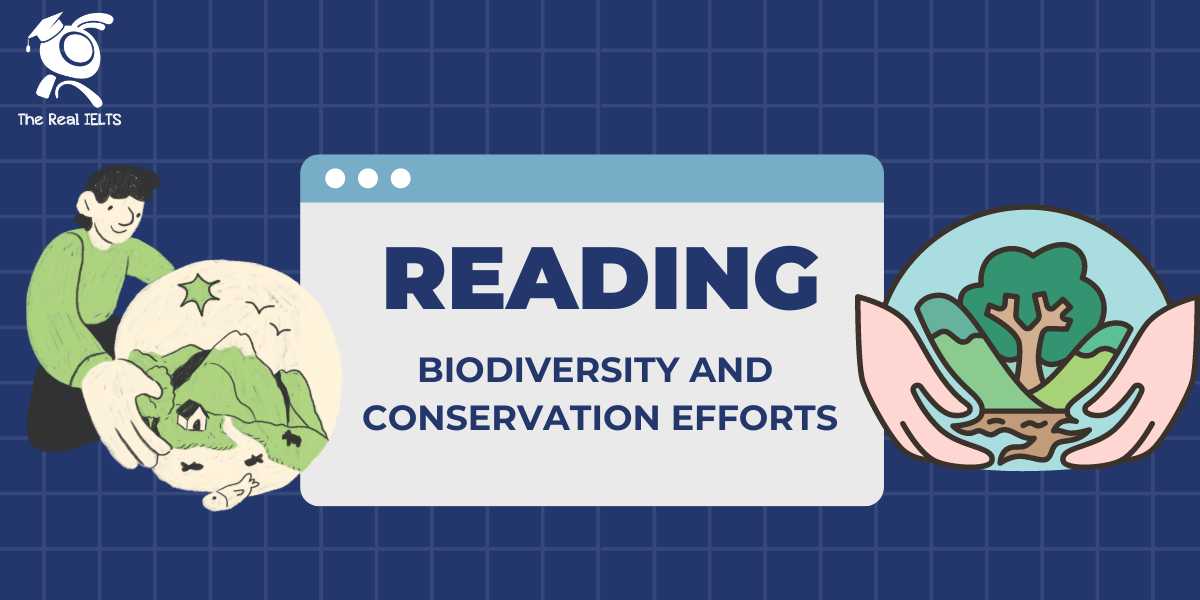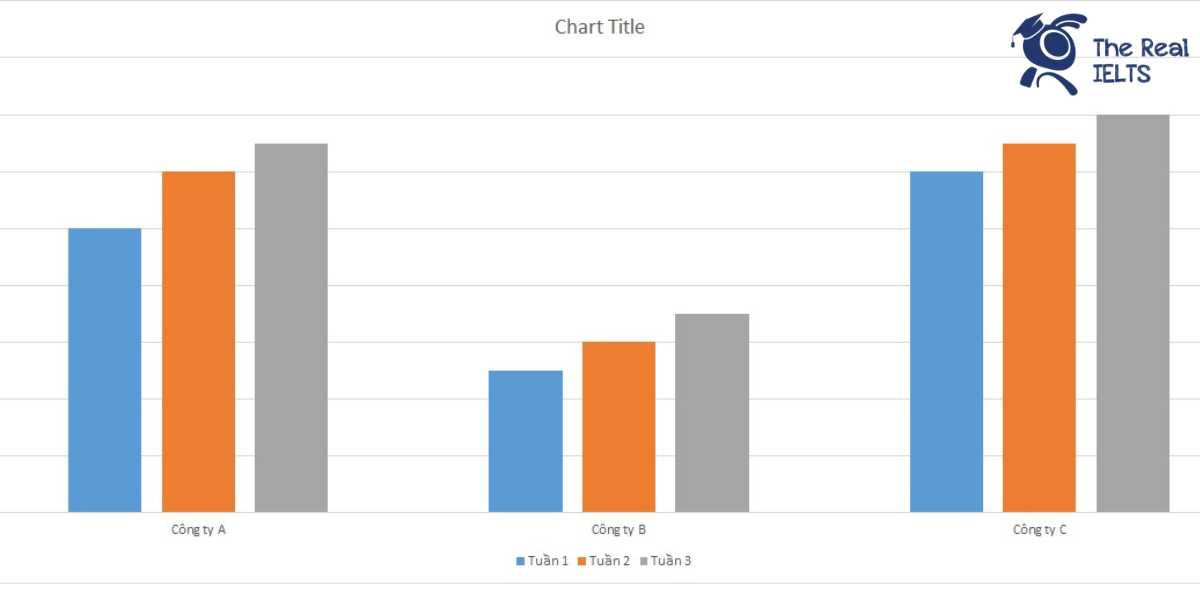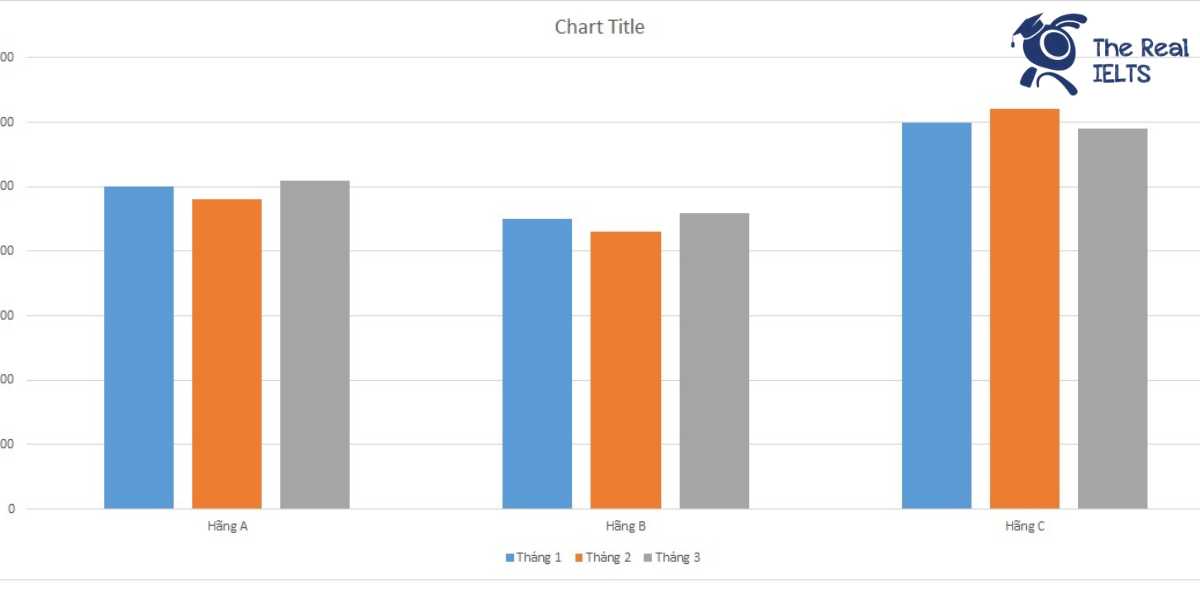Bài Reading này có chủ đề: “Đa dạng sinh học và các nỗ lực bảo tồn”. Các bài Reading thường sẽ không có phần ghi âm hay luyện nghe luyện nói gì, nhưng đòi hỏi sự tập trung trong quá trình đọc bài viết. Các bạn hãy đọc kỹ bài đọc và trả lời câu hỏi sao cho đúng.
Reading: Biodiversity and Conservation Efforts
Biodiversity, the variety of life found on Earth, is critical for maintaining the balance of ecosystems. It includes the diversity of species, genetic variations within species, and the variety of ecosystems. The loss of biodiversity can disrupt the functionality of ecosystems, leading to negative consequences for human well-being and the environment.
Over the past century, human activities have accelerated the rate of biodiversity loss. Habitat destruction, pollution, overexploitation of resources, and climate change are the primary drivers of this decline. Forests are cleared for agriculture, urban development encroaches on natural habitats, and oceans are overfished, reducing marine biodiversity. Additionally, invasive species introduced by human activity can outcompete native species, further diminishing biodiversity.
Recognizing the importance of biodiversity, numerous conservation efforts have been initiated globally. These efforts include the establishment of protected areas, legislation to protect endangered species, and international agreements such as the Convention on Biological Diversity (CBD). Protected areas, such as national parks and wildlife reserves, play a crucial role in conserving habitats and species. Legislation, including the Endangered Species Act in the United States, provides legal protection to species at risk of extinction.
International cooperation is vital for effective biodiversity conservation. The CBD, adopted in 1992, aims to promote sustainable development and the equitable sharing of benefits arising from genetic resources. Countries that are parties to the CBD are committed to developing national strategies for the conservation and sustainable use of biodiversity.
Despite these efforts, challenges remain. Funding for conservation projects is often limited, and enforcement of laws protecting biodiversity can be weak. Additionally, climate change continues to pose a significant threat to biodiversity, as species may not be able to adapt quickly enough to changing conditions. Nonetheless, continued international collaboration and increased public awareness are essential for the successful conservation of global biodiversity.
Questions
Multiple-Choice Questions
- What is biodiversity? A. The variety of ecosystems found on Earth. B. The variety of life found on Earth. C. The variety of species in a specific habitat. D. The genetic variations within species.
- Which of the following is NOT mentioned as a driver of biodiversity loss? A. Habitat destruction. B. Pollution. C. Renewable energy development. D. Climate change.
- What role do protected areas play in biodiversity conservation? A. They promote sustainable development. B. They provide legal protection to endangered species. C. They conserve habitats and species. D. They facilitate international cooperation.
- What is the aim of the Convention on Biological Diversity (CBD)? A. To enforce laws protecting biodiversity. B. To promote sustainable development and share genetic resources benefits. C. To establish more national parks and wildlife reserves. D. To limit the introduction of invasive species.
- What is a significant challenge to biodiversity conservation mentioned in the passage? A. Lack of international cooperation. B. Insufficient funding for conservation projects. C. Excessive enforcement of conservation laws. D. Overabundance of natural habitats.
True/False/Not Given Statements
- Human activities have slowed down the rate of biodiversity loss over the past century.
- The Endangered Species Act in the United States aims to protect species at risk of extinction.
- The Convention on Biological Diversity was adopted in 1992.
- Protected areas are ineffective in conserving species and habitats.
- Increased public awareness is crucial for the success of biodiversity conservation.
Answers
Multiple-Choice Answers
- B. The variety of life found on Earth.
- C. Renewable energy development.
- C. They conserve habitats and species.
- B. To promote sustainable development and share genetic resources benefits.
- B. Insufficient funding for conservation projects.
True/False/Not Given Answers
- False
- True
- True
- False
- True
Đọc lại bài cũ: Reading Skill Part 17: The Evolution of Technology in Healthcare.















